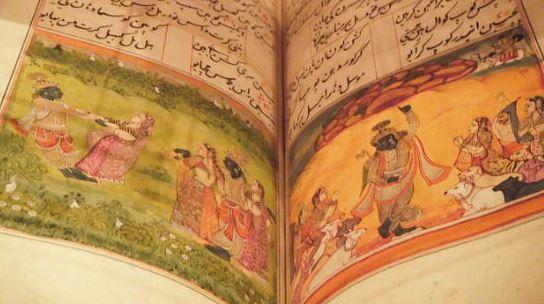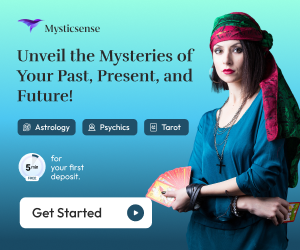Upanishaden

🕉️ What Are the Upanishads?
The Upanishads are a collection of ancient Sanskrit texts that form the philosophical core of Hinduism. They're considered the final part of the Vedas, which are the oldest sacred scriptures of India, and are thus called Vedānta (literally "the end of the Vedas").
📜 Timeline & Context
-
Composed roughly between 800 BCE – 200 BCE, though some could be older or newer.
-
They move away from ritual sacrifice (prominent in earlier Vedas) and focus instead on inner spiritual knowledge.
-
Often written as dialogues between teacher and student, sometimes with kings, sages, or even gods.
🧘♂️ Core Teachings of the Upanishads
-
Brahman – the ultimate, formless, infinite reality. It's the essence of everything.
-
Ātman – the inner self or soul. In many Upanishads, the key insight is:
“Ātman is Brahman” — your true self is the ultimate reality.
-
Moksha – liberation from the cycle of rebirth (samsara), achieved through knowledge (jnana), meditation, and realization of the Self.
-
Māyā – the illusion of the world that hides the true nature of reality.
🌀 Famous Quotes from the Upanishads
-
“Tat tvam asi” – "Thou art That" (Chandogya Upanishad): You are the same as the universal essence.
-
“Aham Brahmāsmi” – "I am Brahman" (Brihadaranyaka Upanishad): The self is not separate from the divine.
-
“Neti Neti” – "Not this, not this" (Brihadaranyaka): The truth is beyond description—no concept fully captures it.
🔥 Key Upanishads (Out of 108 Traditionally Recognized)
-
Chandogya Upanishad – On sound, OM, and the unity of being.
-
Brihadaranyaka Upanishad – One of the oldest and most profound.
-
Katha Upanishad – Dialogue between a boy (Nachiketa) and Death (Yama) about the soul.
-
Isa Upanishad – Short but dense with non-dualist philosophy.
-
Mundaka, Mandukya, Taittiriya, Aitareya – each explores different philosophical angles.
🌿 Influence
-
Huge impact on Vedanta philosophy, especially Advaita Vedanta (non-dualism) by Adi Shankaracharya.
-
Influenced global thinkers like Schopenhauer, Emerson, Thoreau, and even Einstein in their views on consciousness and the universe.
-
Still central to modern yoga, meditation, and Hindu spiritual practice.

